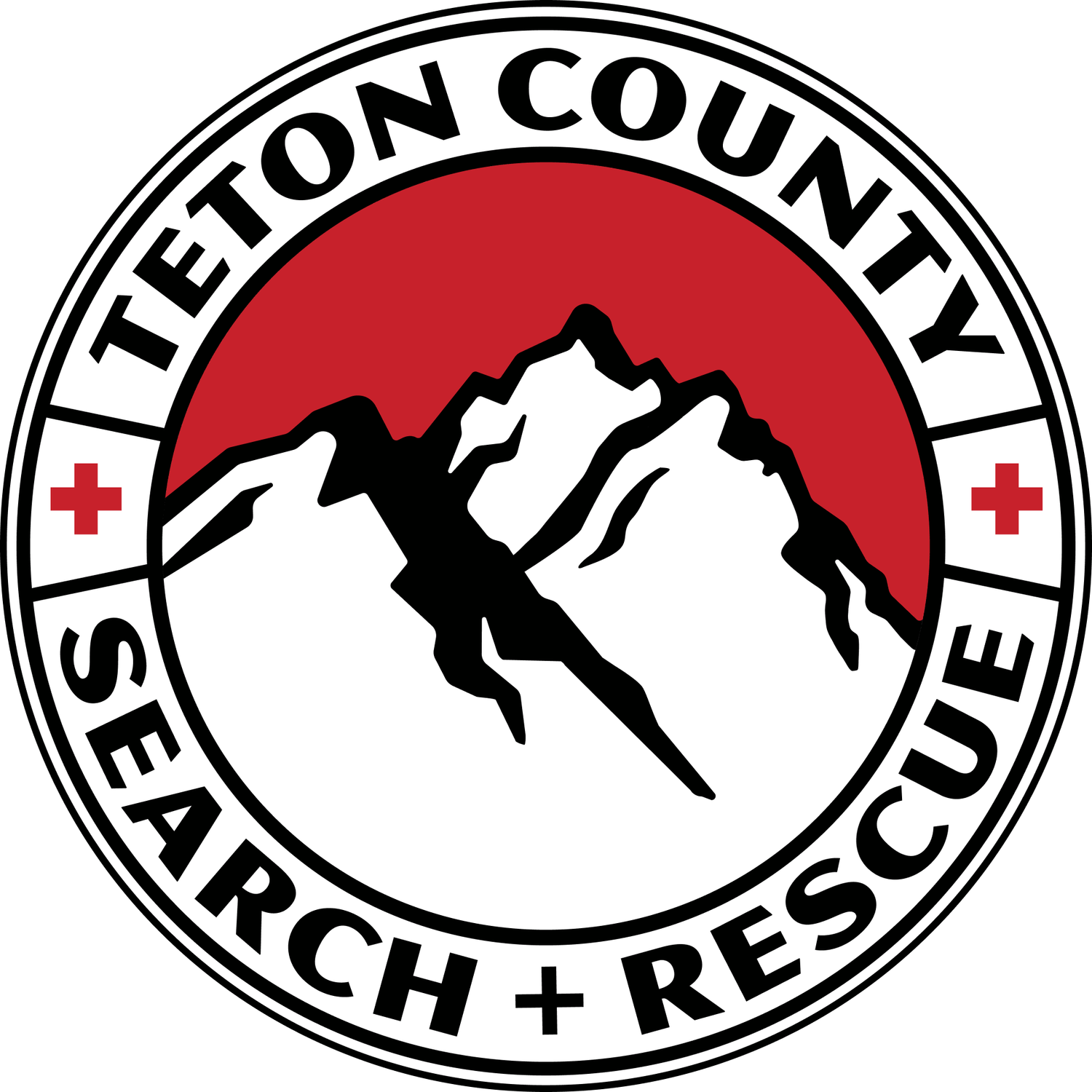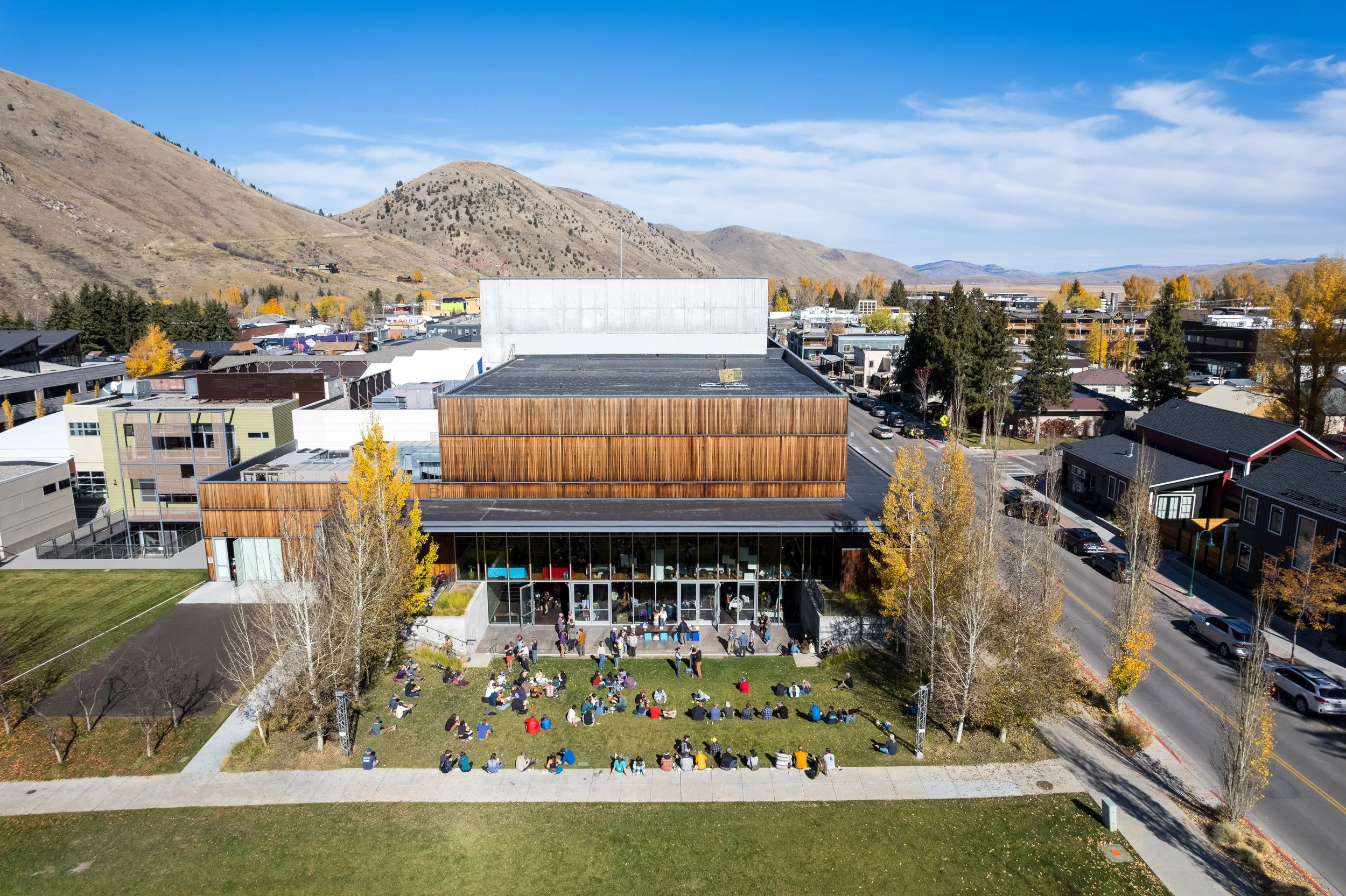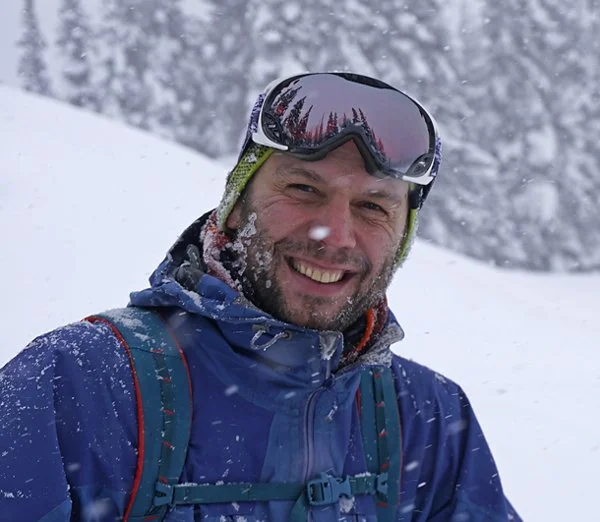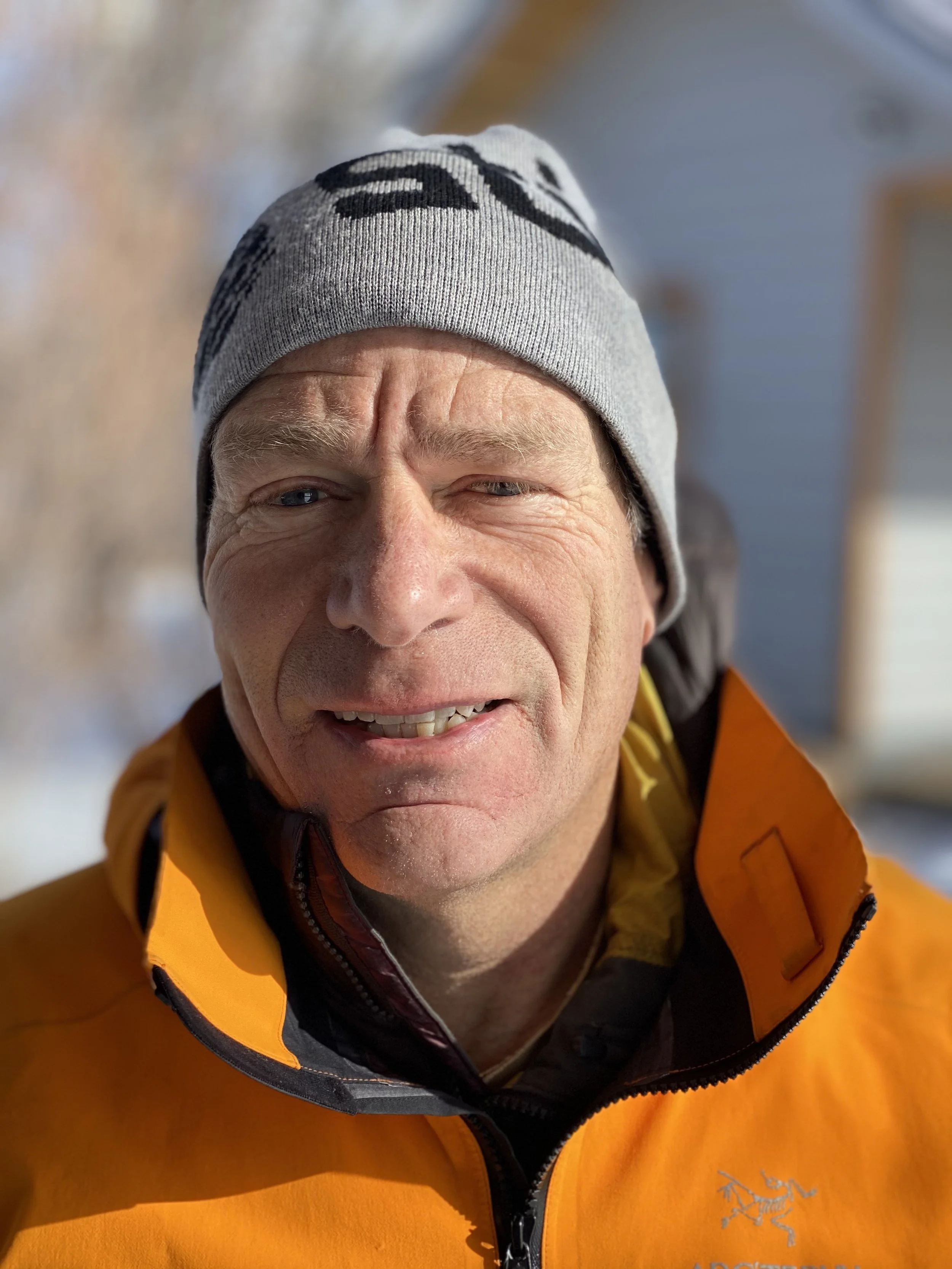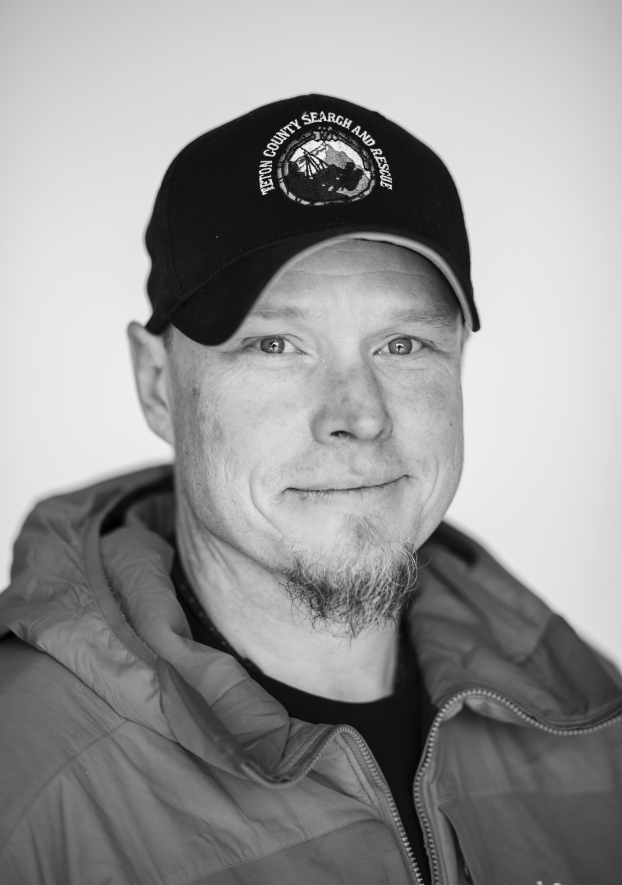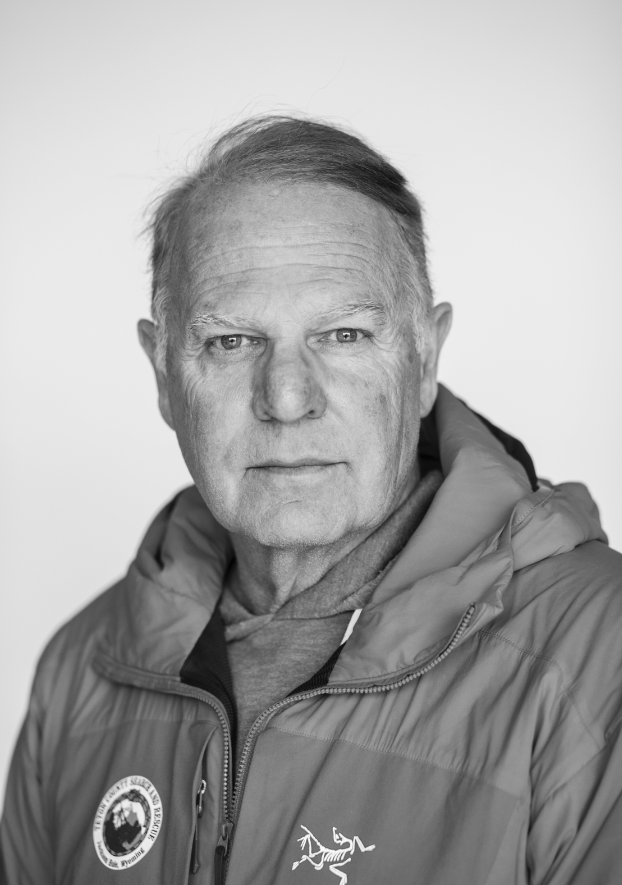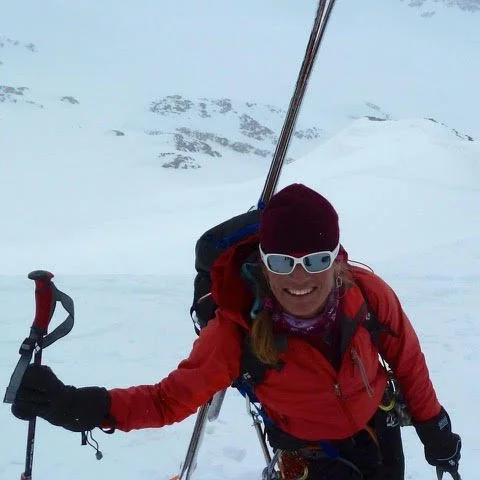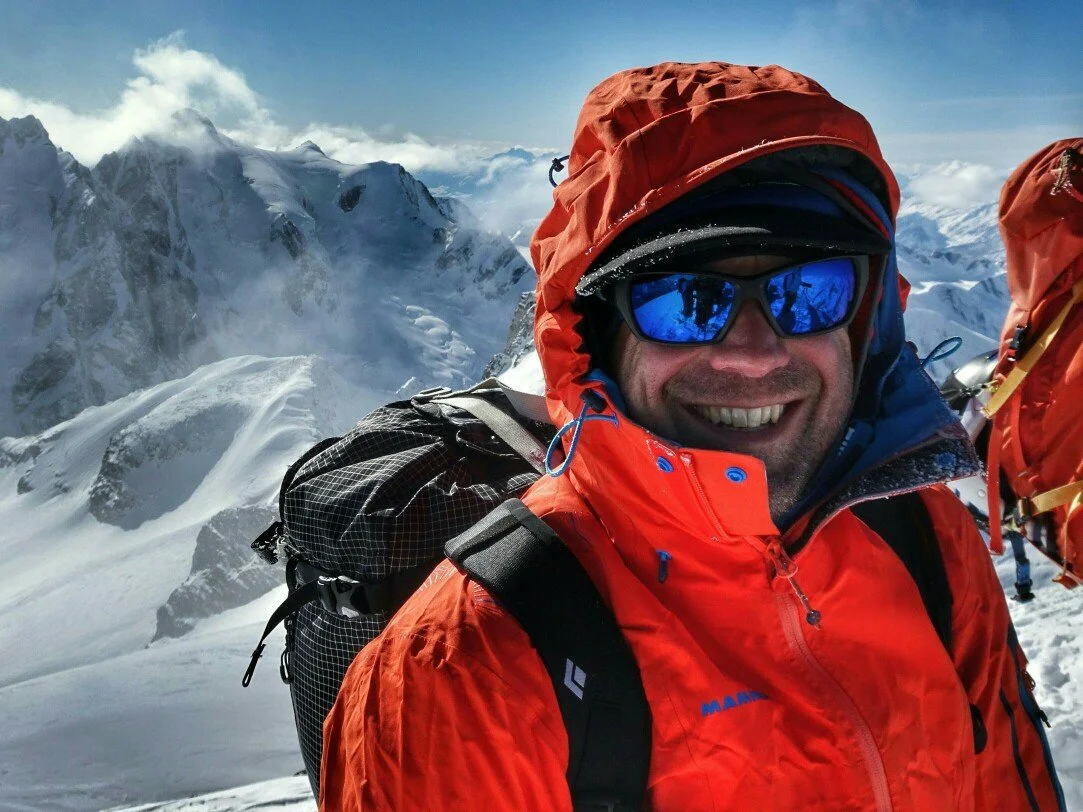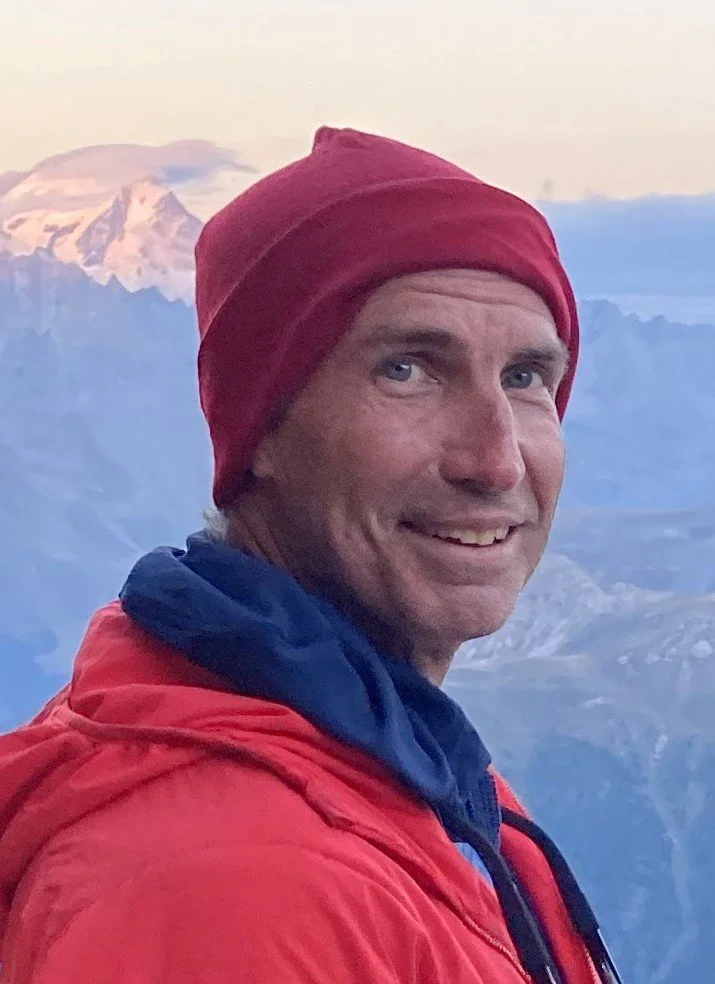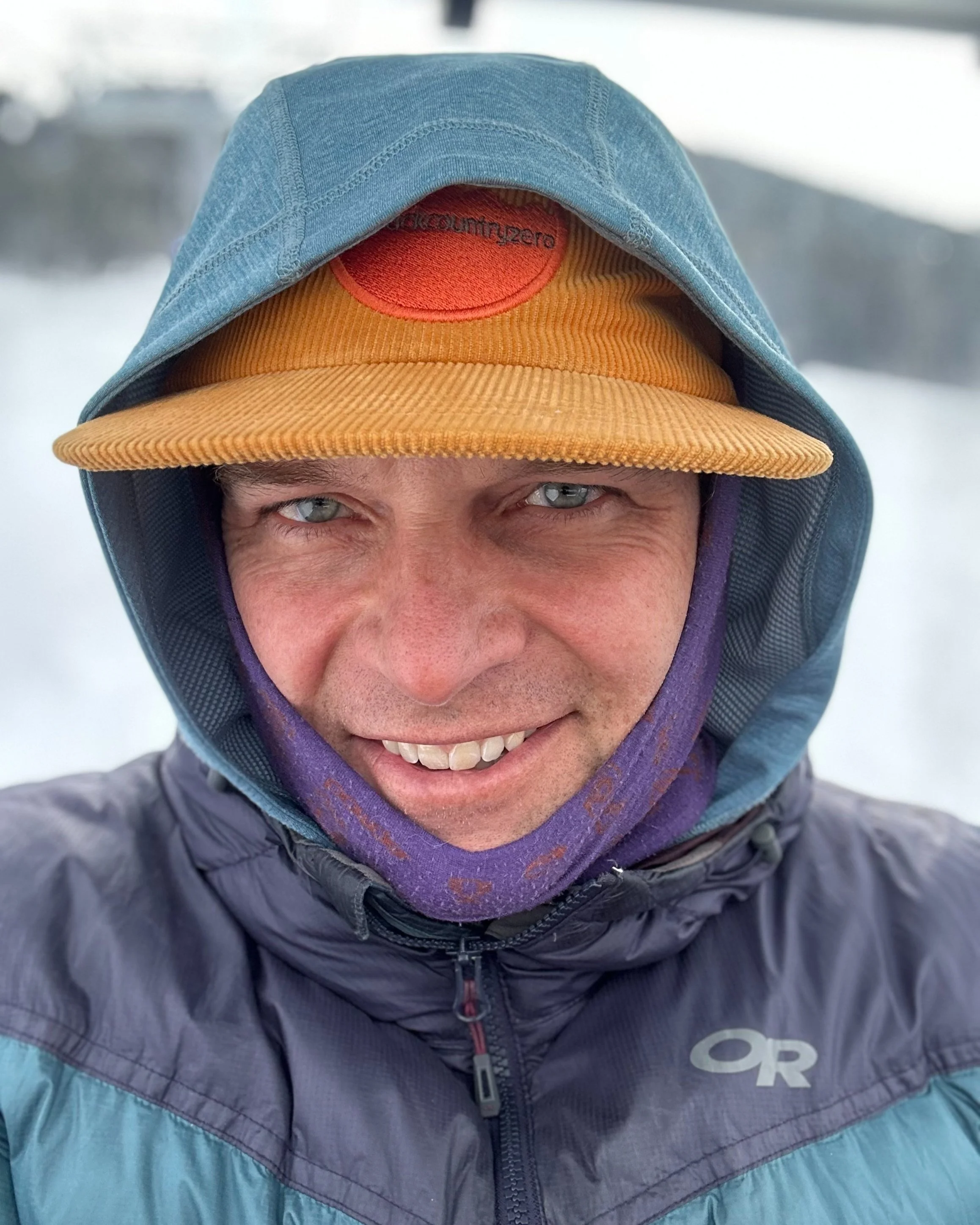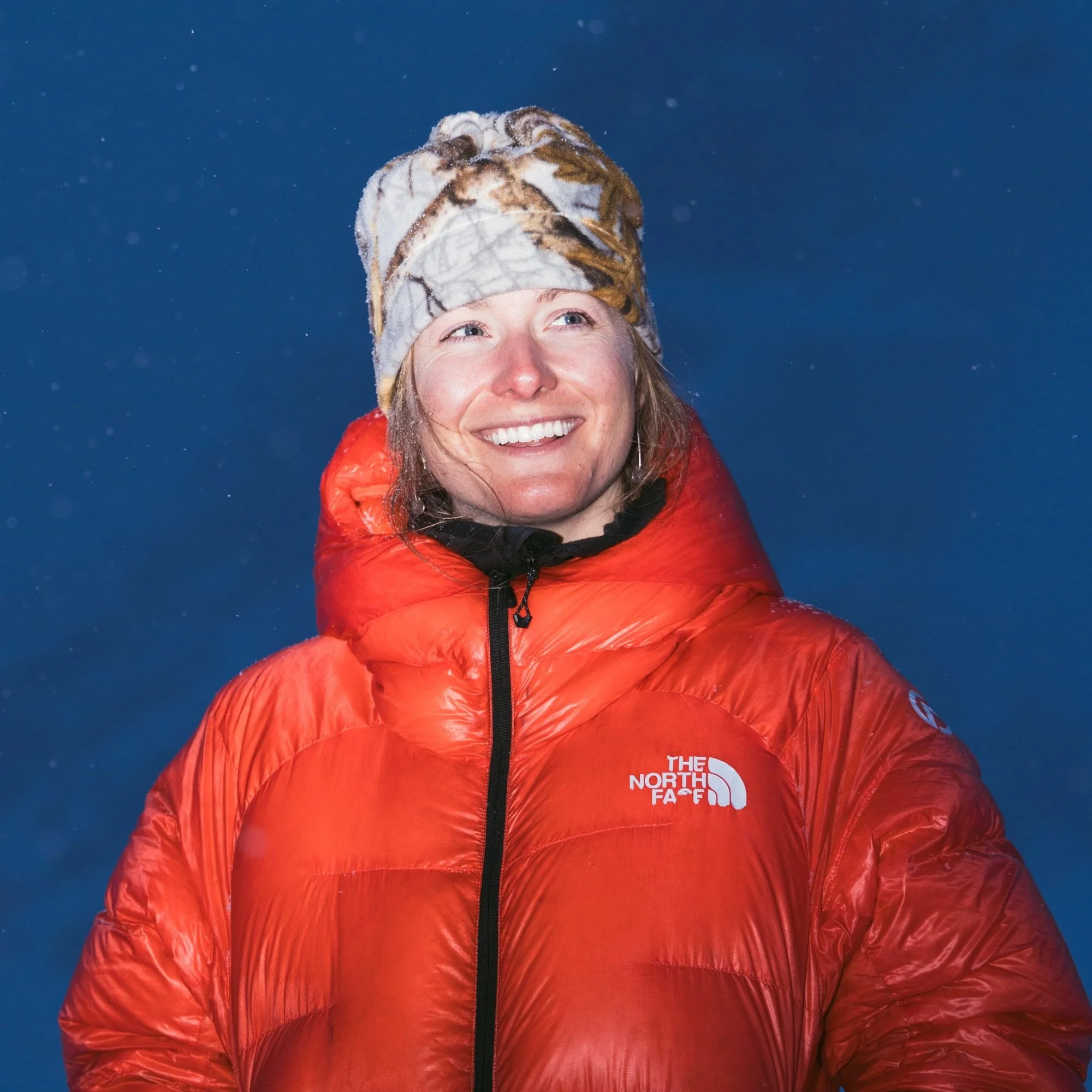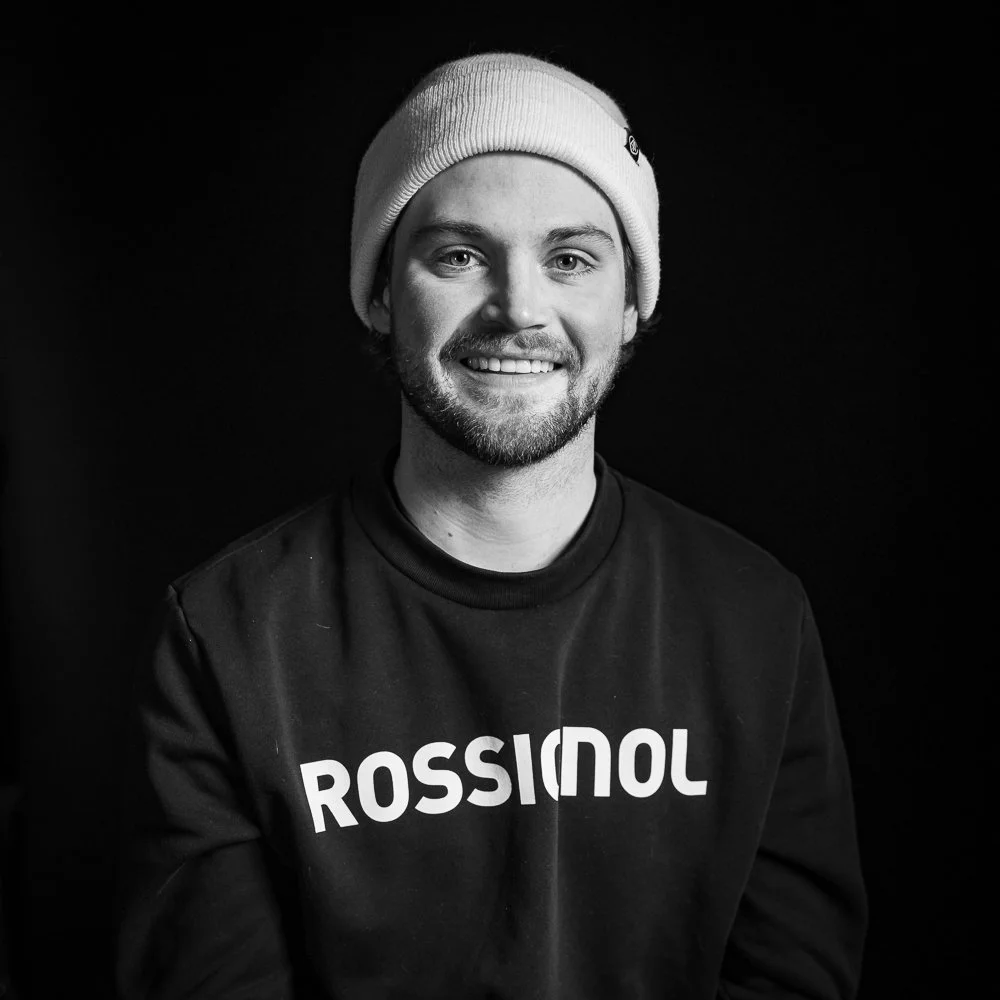That’s A Wrap!
10th Annual Wyoming Snow & Avalanche Workshop
October 18-19, 2024
The Center for the Arts | Jackson, Wyoming
Thank you for joining us for the 10th Annual Wyoming Snow & Avalanche Workshop! We could not be more pleased with all the support and awesome energy we observed for two days at the Center for the Arts. All in the spirit of elevating backcountry safety!
If you are wondering whether you won the raffle, go HERE.
Every presentation was recorded and is now available to watch below! The videos are also available on YouTube and Vimeo.
A huge thank you to our incredible speakers, the WYSAW steering committee, and the entire staff at the Center for the Arts.
The 10th Annual WYSAW would not have been possible without the support from the following:
Presenting sponsors: TCSAR Foundation, Bridger-Teton Avalanche Center, and Central Wyoming College;
Title sponsors: Jackson Hole Mountain Resort, Jackson Hole Travel & Tourism Board, and the Stephen P. Adamson Jr. Memorial Fund;
Grand sponsors: American Avalanche Association, the Rockwell, Snake River Brewing, and the Steve Romeo Memorial Fund;
Peak sponsors: Arc’teryx, Roadhouse Brewing Co., Grand Teton National Park Foundation and the Jenny Lake Climbing Rangers, Kate’s Real Food, KHOL 89.FM, Kuhl, Snake River Roasting Co., and Whole Foods;
All of the vendors and businesses who contributed to one of the biggest raffles in WYSAW history. Due to this support, the raffle generated more than $19,000 in support for TCSAR volunteers!
WYSAW is just one step in our lifelong commitment to learning how to safely navigate in the mountains. We will soon have an entire schedule of Backcountry Zero programming to keep you sharp throughout the winter (and next summer). So please sign up for our newsletter so you never miss a chance to participate, and visit BackcountryZero.com for important event information.
This year’s feature photo for WYSAW is by Joey Sackett.
Wyoming’s only SAW, WYSAW is presented by the Teton County Search & Rescue Foundation, the Bridger-Teton National Forest Avalanche Center, and Central Wyoming College.
See below for info on this year’s speakers!
The Center for the Arts is the perfect venue to dust off the cobwebs before winter.
Friday, October 18, will be tailored for professionals in the field, and anyone looking to engage with presentations on advanced snow and behavioral science and theory. Doors open Friday at noon and the event runs to 4:30 p.m.
Saturday, October 19, is an all-day workshop, from 9 a.m.-4:30 p.m., that will serve interests for all winter backcountry users, no matter their experience level. All participants get a free Pica's burrito and sweet swag bag.
Over a dozen raffle packages (each valued at $1,000+) will be drawn at 1 p.m. on Saturday, October 19. Need not attend WYSAW to purchase tickets. All proceeds benefit Teton County Search & Rescue.
Thank you for doing your part to make backcountry safety a priority in Jackson Hole (and beyond). We hope too see you on the 18th or 19th!
Your Quick Hit Event Schedule
(Scroll down for full Details)
2024 WYSAW Schedule & Guest Speakers
Lynne Wolfe, Master of Ceremonies
In the 10 years of WYSAW, Lynne Wolfe has emcee’d nine of them, and she is a huge reason why WYSAW has become known as one of the country’s most well regarded SAW’s.
Lynne is a retired Teton guide, longtime editor of The Avalanche Review, and instructor for the American Avalanche Institute’s Pro program. She lives in Driggs, Idaho, with her husband, Dan Powers, and the Lucky Dog. She can be influenced by snowy skin tracks, long bike rides, dark chocolate, thick coffee, or hazy IPA.
Pro Session: 12:30 pM - 4 pM, October 18
Pascal Haegeli: What we know about what works in public avalanche forecasts—and what does not!
The best avalanche forecasts are worth little if users are unable to understand and apply the provided information in their risk management practices. While it is well established in the risk communication community that an in-depth understanding of the needs and skills of the target audience is critical for effective communication, avalanche safety research has traditionally focused mainly on improving the accuracy of avalanche forecasts and did not pay much attention to how the information is interpreted and applied.
Pascal Haegeli is a professor at Simon Fraser University in Vancouver, British Columbia, where he leads the SFU Avalanche Research Program (SARP).
Wren McElroy and Sydney Badger: Resilience in the field of snow safety
This presentation captures the initial stages of resilience planning for a Ministry of Transportation and Infrastructure Avalanche Program. It highlights proactive steps to stress injuries and builds awareness on managing operational and personal pressures.
Wren McElroy is a Canadian Avalanche Association (CAA) Avalanche Professional and holds a CAA Level 3 Certification in Applied Avalanche Risk Management. Wren’s skill set specializes in risk management, hazard mitigation, worker safety, explosive avalanche control, and program management. Wren has taught avalanche education throughout her career and is an ITP Instructor.
Sydney Badger is a Registered Clinical Counselor in British Columbia who supports professionals and recreationalists in the ski industry. She holds an undergraduate degree in outdoor recreation leadership, a graduate degree in counseling, and is trained in somatic trauma therapy. Sydney works as an operational consultant in the avalanche industry, has been interviewed on The Avalanche Hour Podcast and is lead therapist for the Sea to Sky chapter of Mountain Muskox. She sees clients through her virtual clinic, Back to Earth Counseling.
Simon Trautman: Avalanche Forecasting at the Regional Scale
This presentation is examines how working at the regional scale compares to forecasting avalanches at ski areas, or for specific terrain features. It also explores the ideas and practice behind creating forecast zones, setting staffing numbers, and communicating with the public.
Simon Trautman grew up in Lander, Wyo. He was a US Navy Corpsman, earned a BS in Geology at Western Washington University, and an MS in Earth Science from Montana State University. His research at MSU focused on wet snow avalanches. He has worked as an avalanche forecaster for the Moonlight Basin Ski Patrol, the Colorado Avalanche Information Center, the Sawtooth Avalanche Center, and the Northwest Avalanche Center. Simon is now the Director of the National Avalanche Center. He and his family live in Bellingham, WA.
American Avalanche AssocIation (A3) Update with Jayne Nolan
Panel Discussion with moderator Don Sharaf: Avalanche Workplace Safety with panelists Simon Trautman, Wren McElroy, Alison Bergh, and Don Lawless
Don Sharaf is well into his third decade as an avalanche professional. His road to his current job title as an Avalanche Risk Consultant has been long, circuitous, and a lot of fun. Along the way Don has worked as a backcountry and mechanized ski guide, avalanche forecaster and mitigator, avalanche educator, and SAR team member. Worker Safety is an important topic for him after having lost too many friends to avalanches, both on the clock and off.
This panel consists of WYDOT Avalanche Supervisor Don Lawless, Canadian Avalanche Assocation Pro Wren McElroy, Leadership-at-Play Co-owner Allison Bergh, and Director of the National Avalanche Center Simon Trautman.
General Session, 8:30 aM - 5 PM, Saturday, October 19
Welcome Remarks from TCSAR Foundation’s Matt Hansen
Tim Ciocarlan, Phillip Fox, Anthony Stevens: Avalanche Rescue Scenarios with TCSAR
The General Session at the 10th Annual WYSAW kicks off with three TCSAR volunteers using a hypothetical avalanche incident to guide the audience through their incident response protocol. Audience members will learn what to expect during the chaos of an avalanche burial and the TCSAR systems unfolding behind the scenes.
Anthony Stevens
Born and raised in Jackson, Wyo., Anthony Stevens became a Teton County Search & Rescue volunteer in 2015. He is the current Training Advisor for Teton County Search & Rescue, meaning he devises all the training exercises for the volunteer team. He is also member of TCSAR’s short-haul team, and owner/operator of Wounded Bear Medicine.
Phillip Fox
Phillip Fox has been going out on rescues since 2005, originally with Teton County Idaho SAR. A resident of Driggs, Idaho, Phillip joined TCSAR Wyoming in 2015, and is a member of the short-haul team. When he’s not rescuing, he’s the director of supply chain at St. John’s Health, or skiing and mountain biking on both side of Teton Pass.
Tim Ciocarlan
A founding member of TCSAR, Tim Ciocarlan has been on more rescues than anyone in the team’s 31-year history. He directed the team for many years, and it’s possible that his phone has rung on every rescue in Teton County in more than three decades. He was instrumental in establishing TCSAR’s aviation program, and continues to go out on missions ranging from intense short-hauls to hauling the wheeled litter to helping to save the occasional injured pelican.
Sarah & Don Carpenter: How to Prep for the Season Like a Pro
Ski guide, avalanche educator, local mom, and mentor Sarah Carpenter will talk through what her process is for gearing up for a season in the backcountry. She will walk through how she approaches rescue practice, following the early season snowpack, and her continuing education.
Sarah is a lead avalanche course instructor and a former owner of the American Avalanche Institute. She started her career in the world of snow and avalanches as a ski patroller at Bridger Bowl, Montana. She moved to the Tetons soon after to patrol, guide and teach avalanche courses. She began teaching for avalanche education pioneer Rod Newcomb and AAI over 20 years ago.
Simon Trautman: The Big Picture of Public Avalanche Forecasting in the USA
This presentation illustrates the history, the current state, and the outlook for Avalanche Centers in the US. It also explores the ideas, technology, and philosophy behind creating, and using, public avalanche forecasts.
Simon Trautman is the Director of the Forest Service National Avalanche Center.
Frank Carus: Bridger-Teton Avalanche Center Updates and Incident Recaps from the 2023-24 winter
Frank Carus began serving as the Director of the US Forest Service Bridger-Teton Avalanche Center in 2021 and considers himself fortunate to have a staff of awesome people in western Wyoming with whom to work. In addition to his role as middle manager for a government agency, Frank teaches technical rope rescue, fights wildland fires on occasion, and works as a mountain guide. The human relationship to risk taking is an endless source of fascination for Frank. This fascination combined with a slightly above average personal risk tolerance has led him into trouble from time to time in the mountains.
Wren McElroy: Lessons learned from The Kemano T2 Project
This presentation will discuss the avalanche risk management program of the Kemano T2 Project on the remote central coast of British Columbia that operated from 2018-2022.
From March of 2018 through April of 2022, Wren worked as a lead forecaster for 6 Point Engineering on the Kemano T2 Completion Project. She is now the District Supervisor for the Ministry of Transportation and Infrastructure's North Cascades Avalanche Program.
Bobby Griffith: Powerless: The Anatomy of a Historic Storm Cycle in the Tetons
The winter of 2017 was a legendary snowfall producer across North America. In the Tetons, the winter peaked in February with a 10-day storm cycle during which the powerlines that supplied Jackson Hole Mountain Resort with electricity were blown over, resulting in a multi-day outage amidst the crux of an already historic snowstorm. Learn about this event from the perspective of the Jackson Hole Ski Patrol: how the early winter's snowpack set-up before the storm, how the JHSP team cautiously performed avalanche mitigation on the slopes of Rendezvous Mountain throughout the storm, and what can be learned from the storm to better prepare for unprecedented weather events in the future.
Bobby Griffith has been a member of the Jackson Hole Ski Patrol since 2010. He is currently a Forecaster on the Snow Safety team, after previously serving as an administrator of the explosives program. He learned to ski in the Snowy Range in SE Wyoming where he grew up, and learned to move through the backcountry in the vast depth hoar slopes of Central Colorado while he was in college. He lives in Teton Valley, Idaho, with his wife Peggie in an old farmhouse with a view of the Grand Teton.
Wren McElroy and Sydney Badger: Building Resilience
This presentation captures the initial stages of resilience planning for a MoTI Avalanche Program. It highlights proactive steps to stress injuries and builds awareness on managing operational and personal pressures. We hope to exemplify how to support a team before potential incidents and design environments for effective decision making.
This is the second presentation from Wren and Sydney. Check out their talk from Pro Day for a longer, more in-depth presentation.
Backcountry Zero Update with Maddie Johnson
Pro athlete Panel: What Went Into It? Pulling back the curtain on the content you see on Social Media
Matt Hansen, Moderator
Matt Hansen has been a professional writer, editor and journalist for 25 years. Most of that time was spent at Powder magazine, where he traveled extensively to write about skiers and their joyful, complicated and at-times dangerous relationships to mountains and snow. He is currently the Communications Director for the Teton County Search & Rescue Foundation and host and producer of The Fine Line podcast.
Hadley Hammer
Hadley Hammer is a skier and storyteller born in Jackson, Wyo. She currently lives in Chamonix, France. Hadley finds personal expression in the mountains and translates those experiences onto paper. She writes and skis as a way of investigating and reflecting. Creating an ode to partnerships, joy and the natural world.
Griffin Post
Born in Austria and raised in Idaho, Griffin Post has spent the better part of the last decade traveling in search of the unexplored nooks and crannies of the world. Appearing in films by Teton Gravity Research, Warren Miller and HBO, Post has made significant descents from the Tetons to the Arctic Circle, earning accolades from ESPN and Powder magazine along the way. In 2022 he added “treasure hunter” to his list of accomplishments through conceptualizing, developing and leading an expedition that recovered a cache of cameras and climbing equipment abandoned near Canada’s Mount Lucania by Bradford Washburn and Robert Bates in 1937.
Caite Zeliff
Caite Zeliff is a professional big mountain skier who was raised in the White Mountains of New Hampshire and refined in the Tetons. Caite broke into the ski industry when she won the title “Queen of Corbet’s” in 2018 during the inaugural King’s and Queen’s Competition held annually in Jackson, Wyo. After taking home the crown again in 2019, Caite shifted her focus to film skiing. Caite has had the pleasure of starring in films produced by Warren Miller Productions, Matchstick Productions, and Teton Gravity Research.
Cam FitzPatrick
Born and raised in Jackson, Wyo., Cam FitzPatrick started skiing at the age of 2 and switched over to snowboarding at age 10. Growing up in the contest world has now turned into filming and exploring the backcountry. Starring in Red Bull media house films, Warren miller, Absinthe Films and recently the TGR movie called “Beyond the Fantasy.” He now is riding in and producing his own films with the “THIS IS US IN” crew and has a 1 year old son named Jet that’s keeping him very busy!
Thank You to All of our WYSAW Speakers!
Have a SAFE winter and we will see you next year!
The WYSAW Story: How Did We Get Here?
In 2015, the Wyoming Snow & Avalanche Workshop was launched in the spirit of continued education and as an invitation to the local backcountry community to have open, honest conversations about adventure, risk, and consequence. At the time, the community was reeling from some very tragic and high-profile winter accidents. Organizers decided to push forward with WYSAW as a way to help the community heal with an opportunity to connect and learn.
Today, that original spirit and intent is as important as ever, as WYSAW reaches its 10th anniversary this October. Check the link below to read the full history about how WYSAW started, who was behind the effort to positively shift backcountry culture in the Tetons, and why it remains so important today. And please, join us on October 18-19, 2024, at the Center for the Arts to keep the movement going.
““Y’all are doing a fantastic job and have really hit the ground running with WYSAW. Although we don’t live in the Tetons it has given us a good excuse to come down and visit. WYSAW has become a touchstone to keep us in touch with the avalanche community.””
““A number of the talks were full of valuable information. The expert panel was also thought-provoking. Having these discussions pre-season is good as it gets me thinking about avalanche safety and touring safely in the backcountry.””
““I appreciate how it brings out folks from the woodwork that I otherwise wouldn’t have the chance to meet. I also treasure those little ‘nuggets of wisdom’ that presenters give out along the way throughout the presentations.”
”
““I always enjoy the variety of topics that are presented and hearing the latest both on how technology and culture are impacting riders’ experience in the backcountry.””
““I’m from Colorado so it was nice to come up in person. Nice venue, size, flavor. Thanks for the snacks!””
